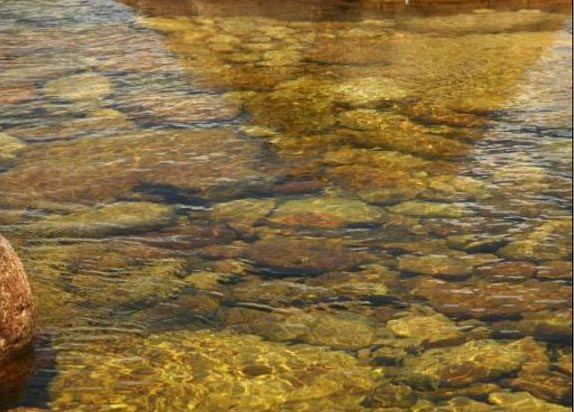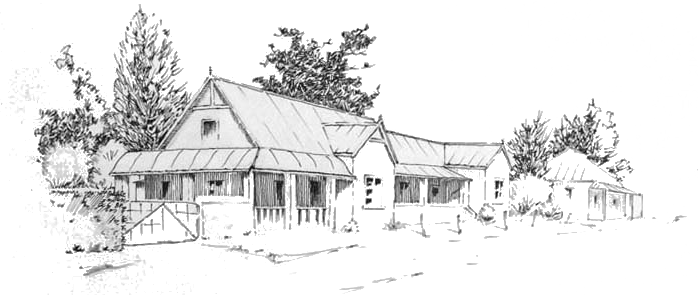Spotting trout Part Five
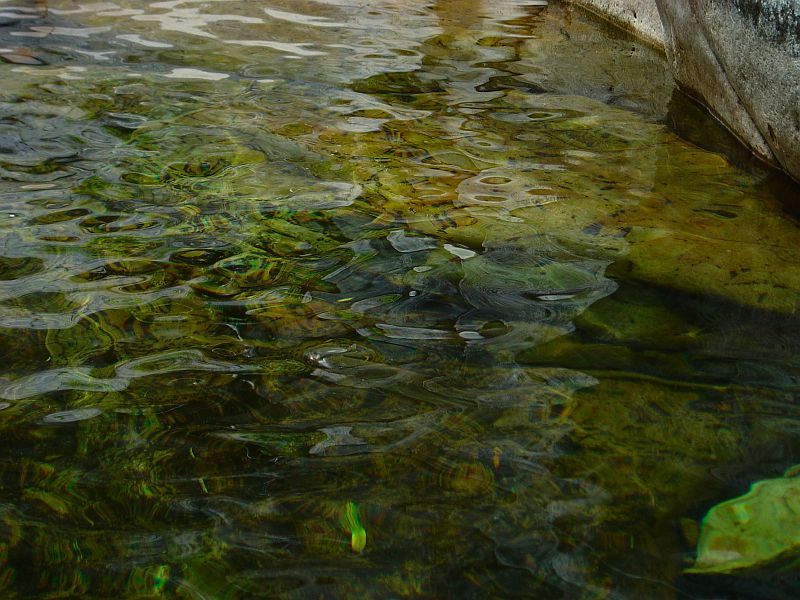
At the beginning of this series I posted this picture of the tricky sighting and offered a copy of my latest book, Shadows on the Stream Bed, as a prize for anyone who could work out where the fish was and what fly it was about to eat. A lot of folk joined in the fun and I had a number of replies, none correct, some fairly close, one or two very interesting, until Quentin Austin of Gillitts in KZN submitted the correct answer – and came within an ace of naming the fly. His signed copy of Shadows on the Stream Bed was personalized to his son Cuan at Quentin’s request and I added a small sketch on the front page. There is, however, an important clue to spotting this trout and it’s a point Frank Sawyer and Oliver Kite – both experts at nymphing chalkstreams – and plenty of other writers have referred to. I’ll mention what the clue is when I show the pictures revealing this little mystery.
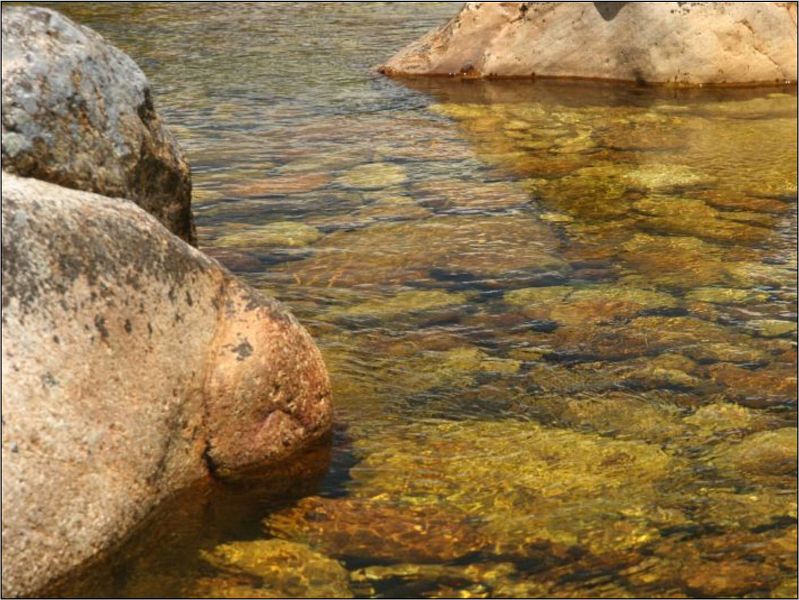
Picture 1
Consider the picture above. In Picture 1 there is a really difficult sighting and no problem if you don’t find this fish. There are a few suspicious areas that may well be a sighting and I will mark these and show them to you at the end of this piece. All sightings by the way are obviously easier to see in real life than in a picture for the simple reason that a fish will be moving. The movement may be limited to just the gentle waving of the tail fin, or it may be the slightest change in position, or the fish may move out a foot or even a few feet to take an insect.
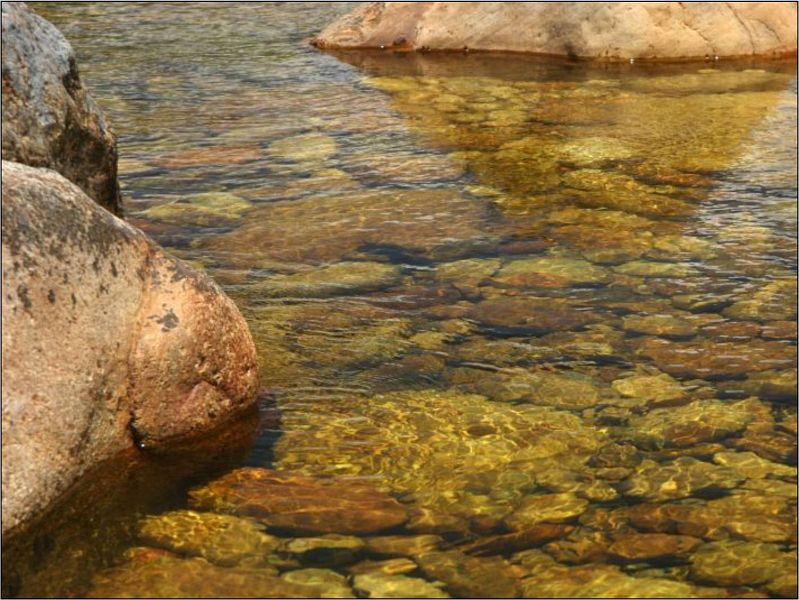
And this is precisely what has happened in Picture 2 above, which at first may look no different to what you see in Picture 1. We’d expect that because it is precisely the same piece of riverbed and the only change will be in the surface waves and the different highlights they throw at the time the shot was taken. But in Picture 2 the fish is well out and feeding boldly. It is a relatively large fish, it has turned side on and the sighting becomes very much easier. Again there are a few suspicious areas in Picture 2 that may well be sightings and I’ll mark them for you in the answers. I will leave marking this fish to the last picture in this piece.
Answer to the puzzle
The clue I spoke about is the white of the mouth. Both Sawyer and Kite (and a lot of other writers besides) refer to this as a trigger to strike or at least the indication of a take. I noticed fishing in New Zealand that just as the indicator slowed or moved you would often see the white of the trout’s mouth as it took the nymph.
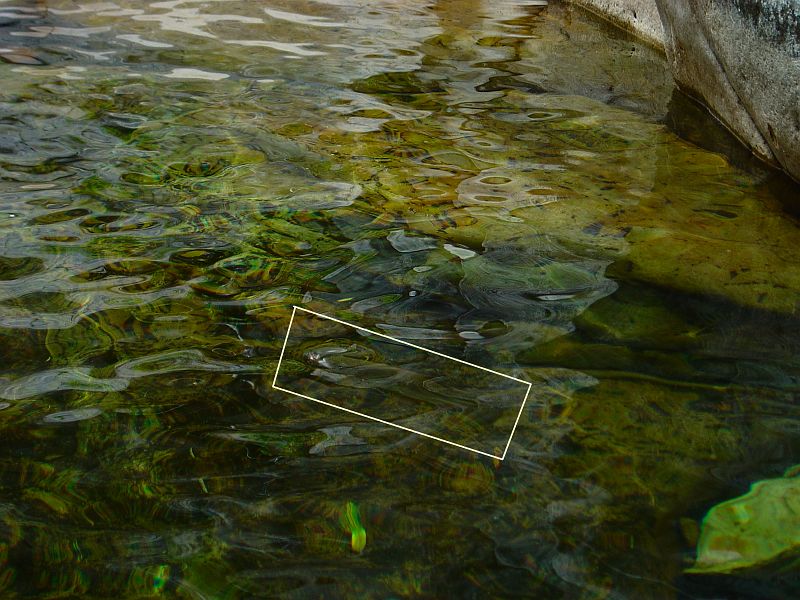
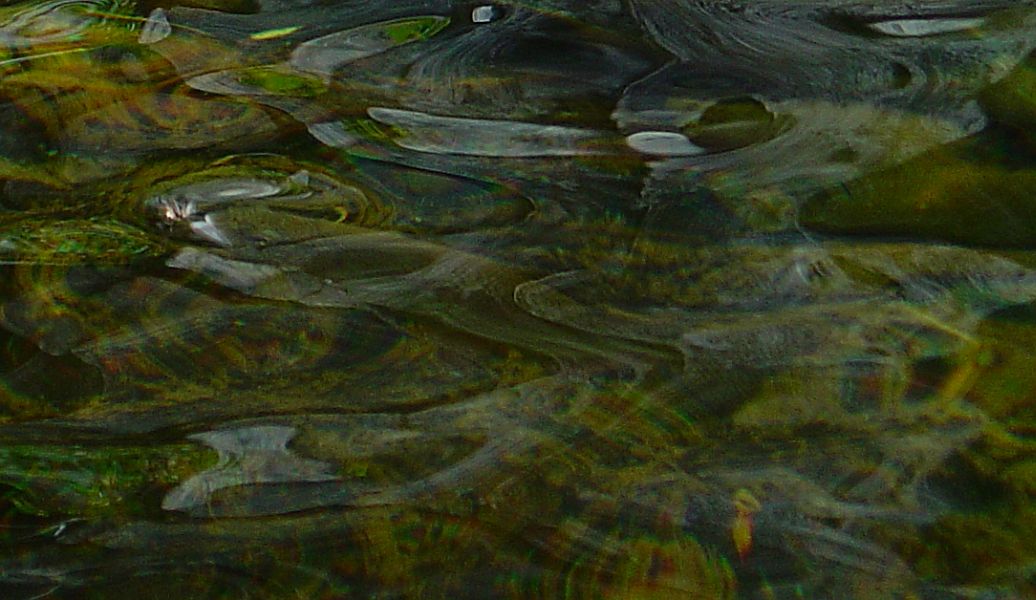
The white of the fish's mouth and its eye needs no imagination. the fly - a Royal Wulff - does.
Picture 1 possible sightings
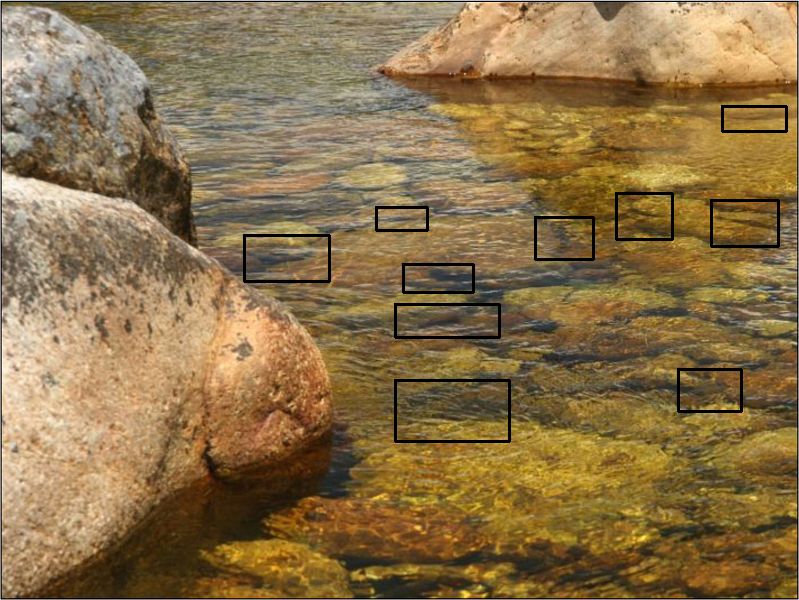
Picture 1 actual fish
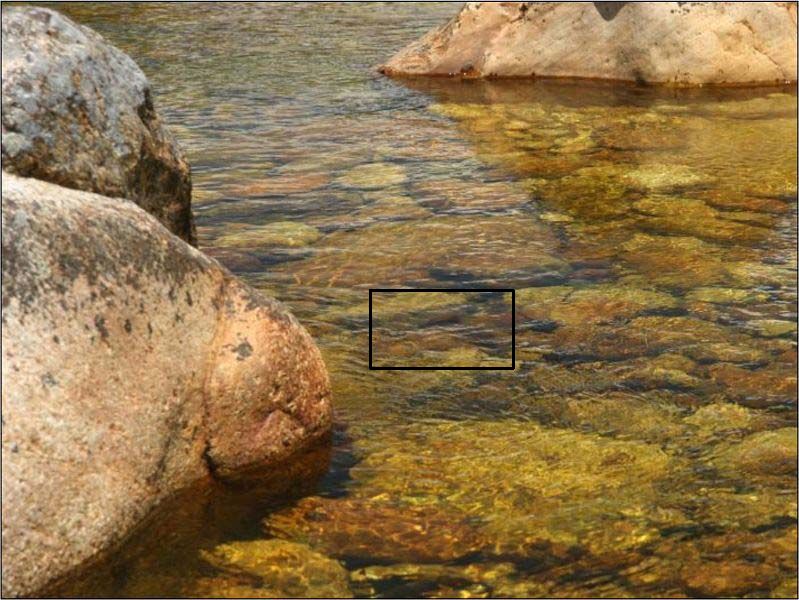
Picture 2 possible sightings
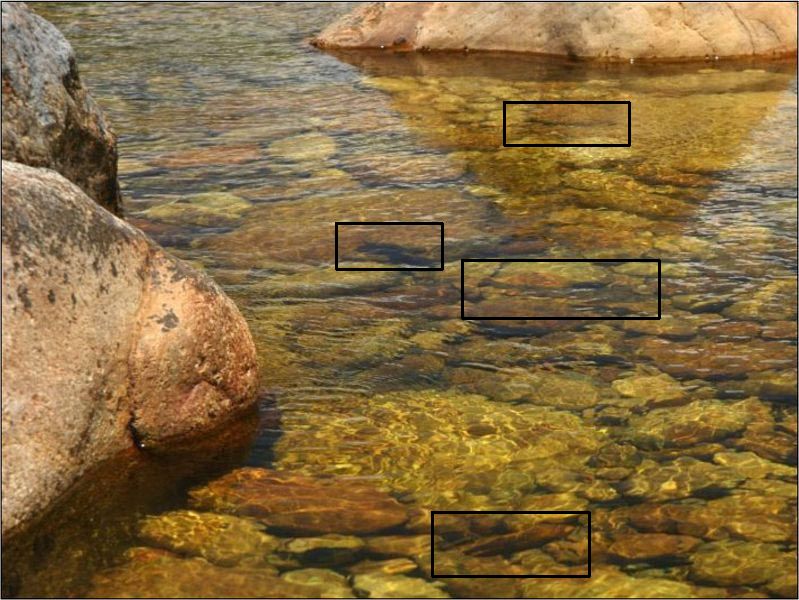
Picture two actual fish
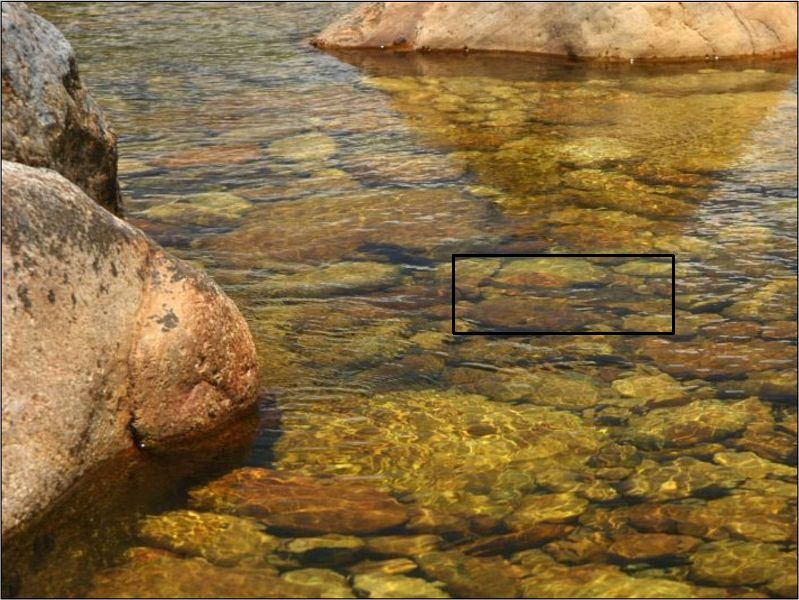
Enlarged below
